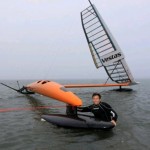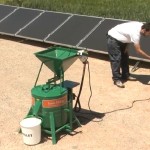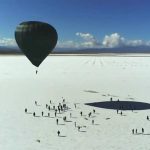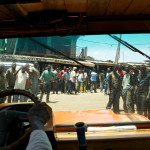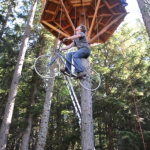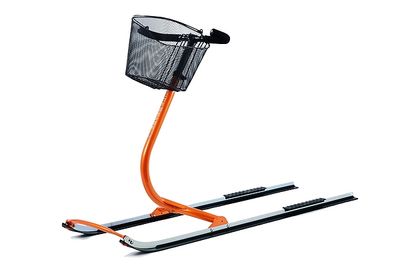 “Kick sleds are the Scandinavian answer to winter bicycling. Kick sleds look like Zimmer frames on runners, or like a dog-less dog sled. Like bicycles, they increase the rider’s speed and freighting capacity while demanding very little extra physical input. Unlike bicycles they have no moving parts and are very easy to maintain”.
“Kick sleds are the Scandinavian answer to winter bicycling. Kick sleds look like Zimmer frames on runners, or like a dog-less dog sled. Like bicycles, they increase the rider’s speed and freighting capacity while demanding very little extra physical input. Unlike bicycles they have no moving parts and are very easy to maintain”.
Kick sleds are sold by Esla, Kickbike, Norax en LjusdalsSparken.
Anti-skid detachable safety soles are a useful accessory.
